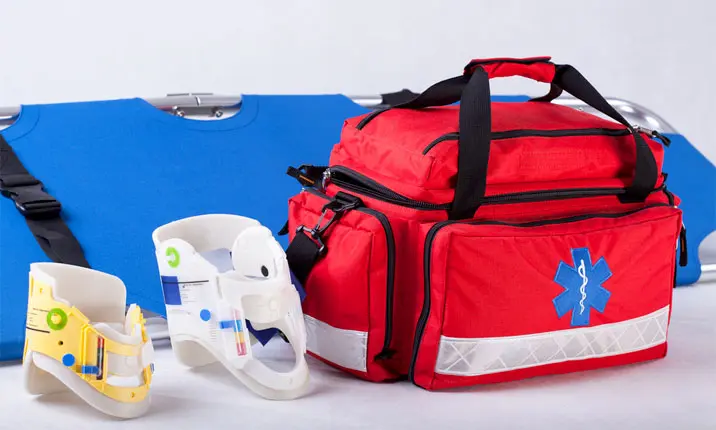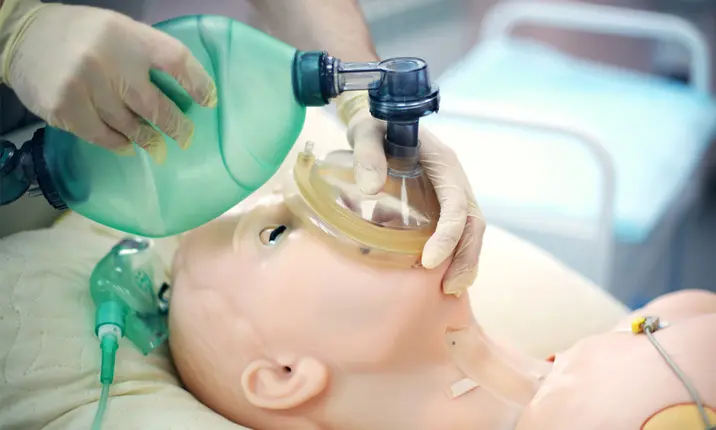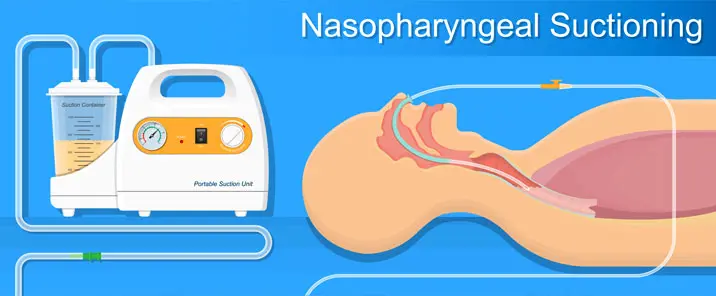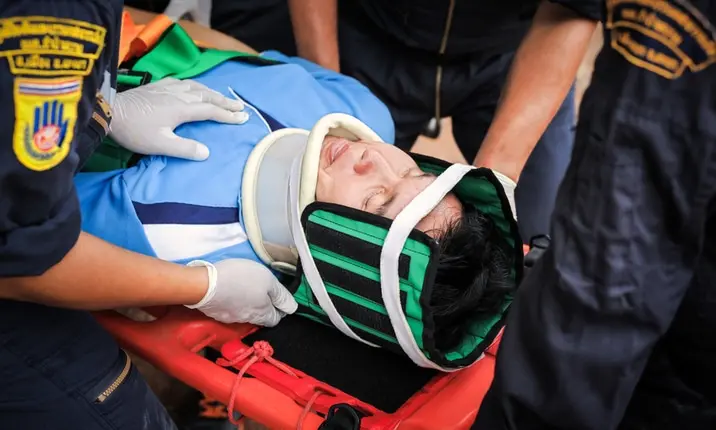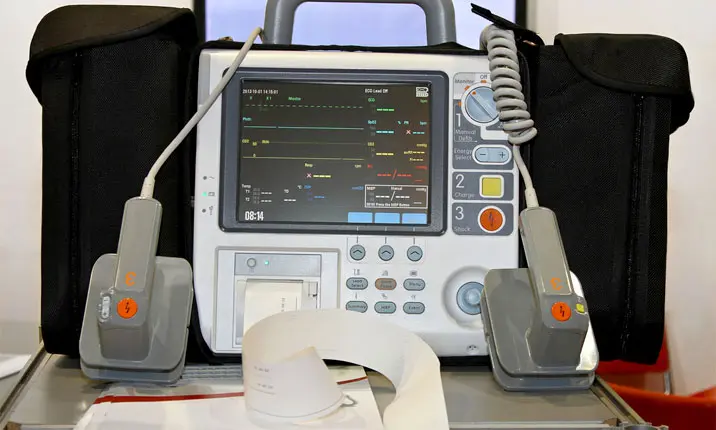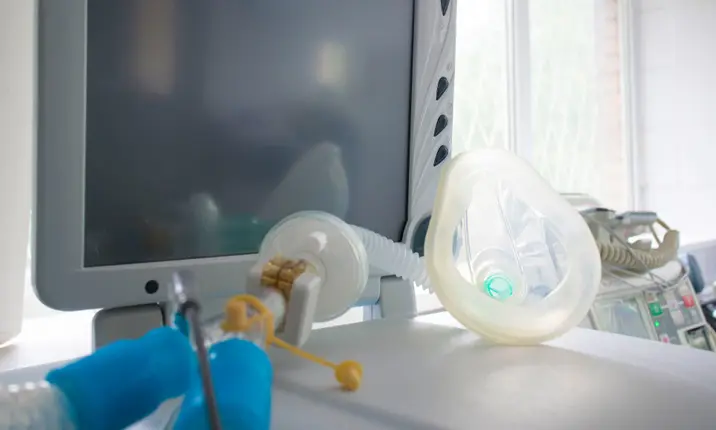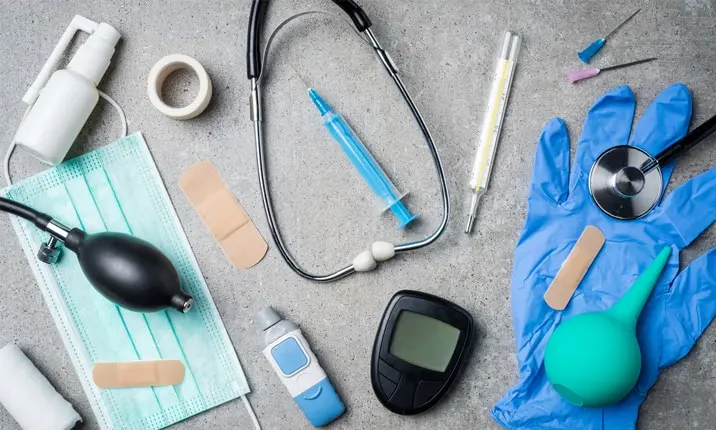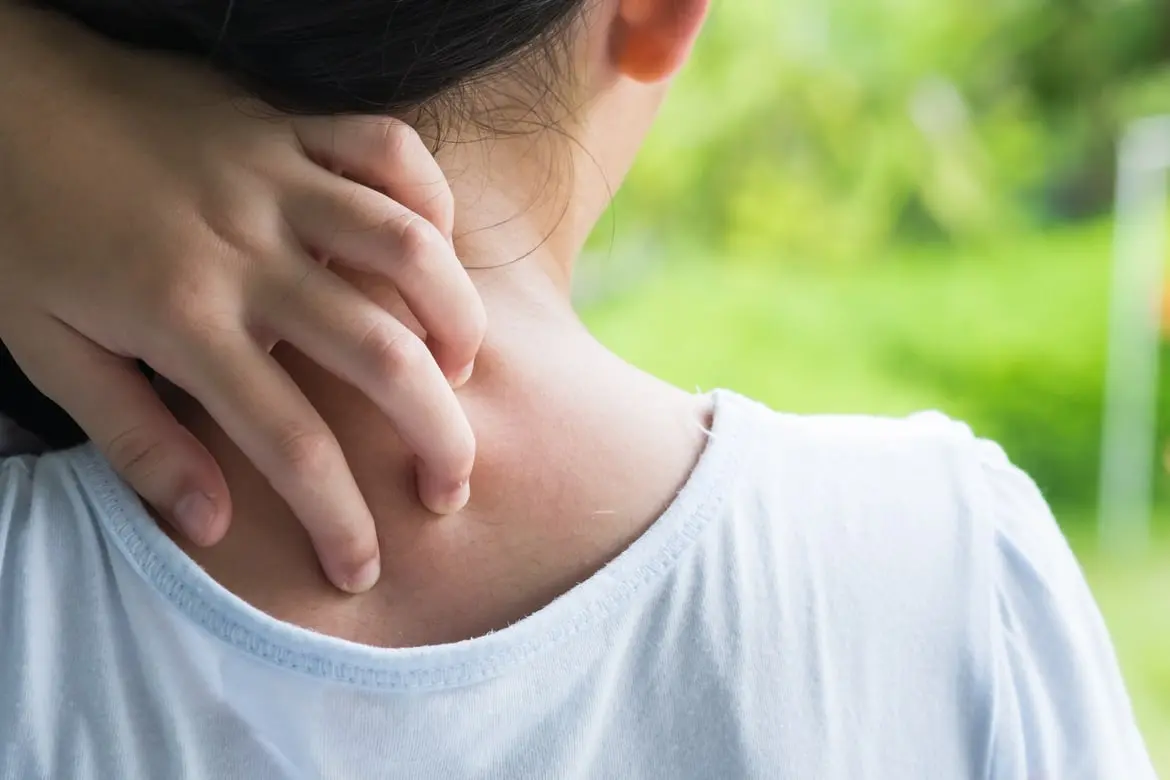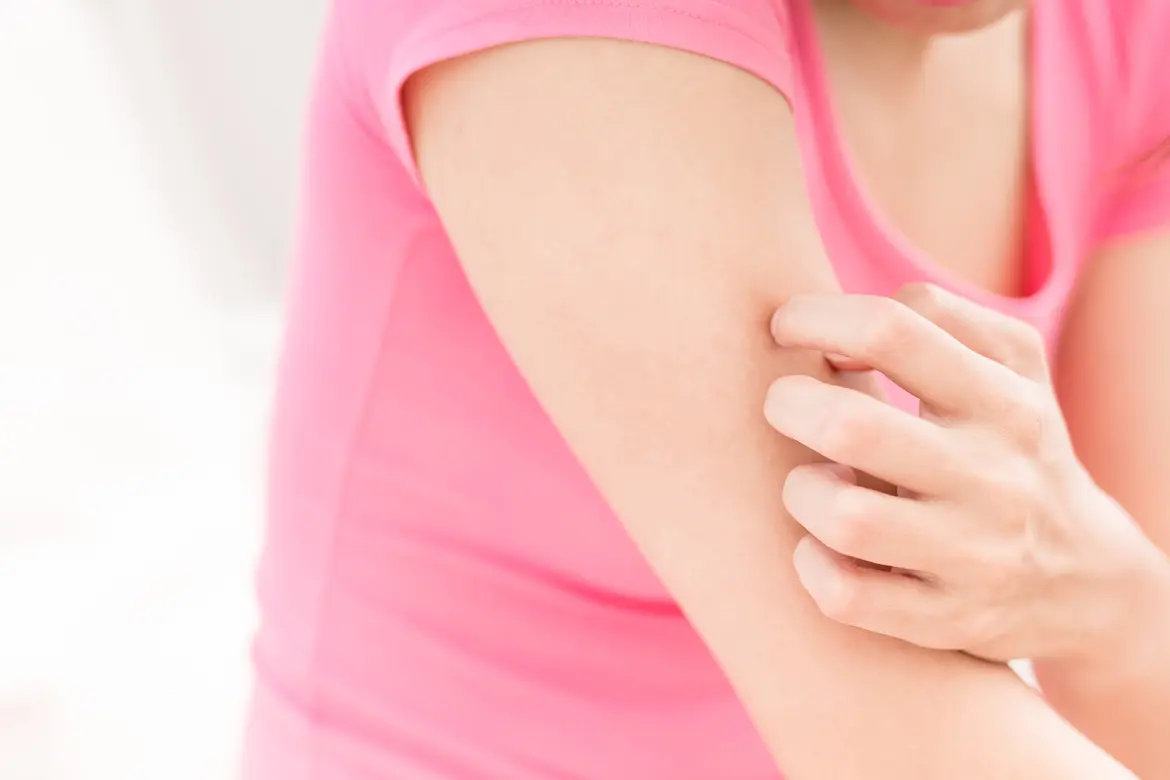-
-
Featured Care Areas

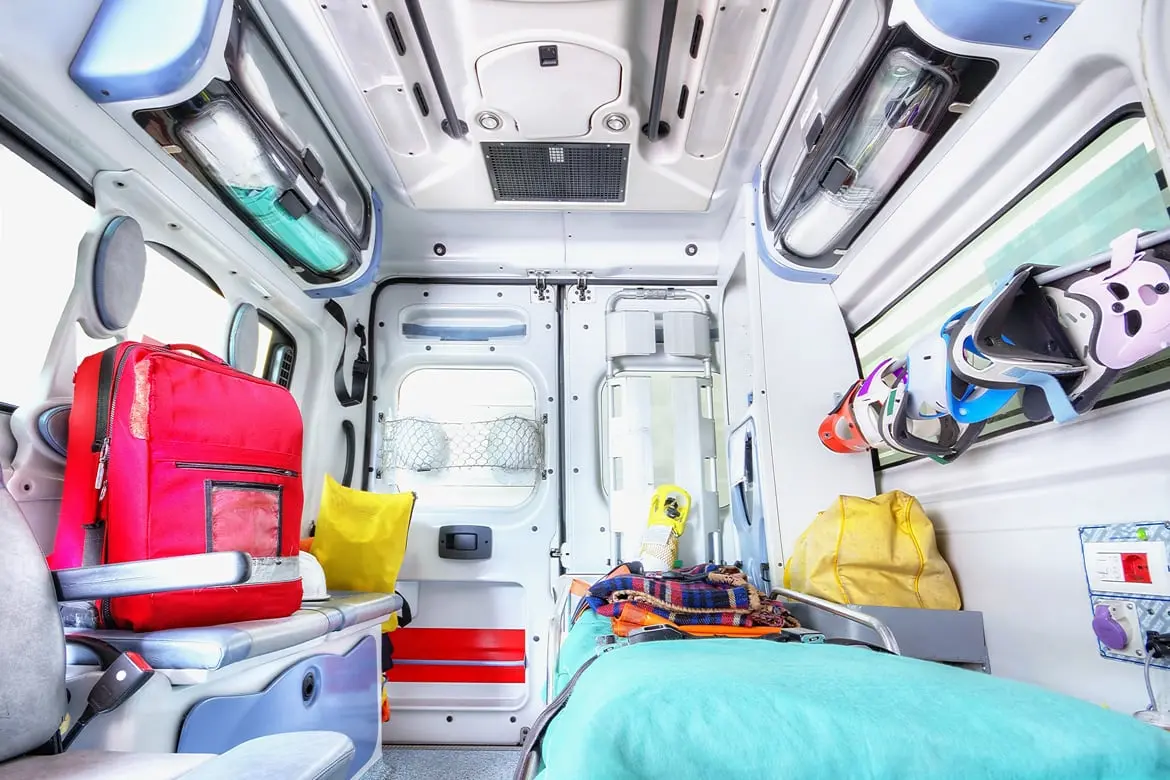
Source: Shutterstock
What's Inside an Ambulance?
Last updated: Friday, September 7, 2018 | 5 min reading time
During an emergency, what exactly goes on inside an ambulance? What do paramedics use to attend to injured or sick patients?
When you're faced with a medical emergency, the first thing to do is call for medical help. It is extremely important to act fast to ensure you get treated as quickly as possible.
When to call an ambulance?
Knowing when to call an ambulance or emergency services can potentially save lives. These are some situations when it is appropriate to call for an ambulance:
- An accident resulting in serious injuries
- Loss of consciousness
- Sudden confusion or an altered mental state
- Fits that are not stopping
- Chest pain
- Breathing difficulties
- Severe bleeding that cannot be stopped
- Severe allergic reactions (anaphylaxis)
- Severe burns or scalds
Parkway Emergency Hotline
For urgent medical attention, you can call the Parkway East Hospital 24-Hour UCC Helpline at +65 6340 8666 or the Parkway Emergency Ambulance Hotline at 1800-PARKWAY (7275929).
Once you've contacted the emergency service and shared your identity, the operator will determine if you need immediate transportation to a hospital, before sending an ambulance on its way.
That ambulance will be well-equipped with advanced medical equipment to assist in the management of an injured or sick person.
But what medical equipment is in an ambulance? And what do paramedics do? If you're curious, read on to find out more.
Paramedics
A paramedic is a medical professional whose primary role is to provide emergency medical care in the pre-hospital setting. Their role is to administer life-saving treatment for the sick or injured until they can get to a doctor. They may communicate with a doctor via phone, radio or pre-written orders when they respond to medical emergencies.
When you call for an ambulance, paramedics will be on hand to provide emergency care to you or the injured or ill patient. These dedicated individuals are trained healthcare professionals, and will have gone through intensive training to learn how to stabilise a patient in a medical emergency such as a cardiac arrest or brain injury.
Jump bag
A jump bag is used to carry medical supplies such as basic life support and trauma kits. When paramedics reach the scene of an emergency, they usually grab this first.
A jump bag often contains basic but important medical items like bandages, drips, medication and syringes. It's bigger and more comprehensive than a regular first-aid kit, which means it usually has several pouches for organising supplies.
Bag valve mask (BVM)
If you are struggling to breathe, your paramedic's priority is to get a steady flow of oxygen into your lungs. A BVM is a device connected to a mask that will be placed over your mouth to provide ventilation.
These masks come in different types and sizes, and it’s essential for ambulances to carry a variety of them, as they will only be effective if they fit well and form a tight seal around the person's nose and mouth.
Suction unit
If your breathing difficulties are the result of fluid blocking your airway, the paramedic may also use a suction tube down your windpipe to gently remove the fluid. Otherwise, air may not be able to reach the part of the lungs where oxygen gets absorbed into the bloodstream.
Trauma/spinal board
The paramedic will strap you to a trauma board if there is a possibility of a spinal bone injury or dislocation. Don't panic, because this flat, non-padded board will help keep your spine in line while you're inside the ambulance.
They may first use a scoop stretcher to pick you up from the floor before placing you on the trauma board. As an added precaution, the paramedic may also use a lightweight head immobiliser (an equipment that supports and protects your head and neck).
Cervical collar
If the paramedics suspect a neck or head injury, they may also use a device called a cervical collar. It's a neck brace that helps to keep your neck and head in place, minimising movement and reducing the risk of long-term damage. This features an inflexible frame that fits around your neck, held securely with Velcro straps.
Medication bag
Perhaps it goes without saying that paramedics carry certain pain-relieving and life-saving medications on board! This lightweight, padded bag has several pouches and elastic straps to keep medications organised. These usually include:
- Anaesthetic (a substance that relieves pain)
- Intravenous (IV) fluids (to treat shock or dehydration)
- Anti-seizure medication
- Adrenaline (to reverse effects of low blood pressure, or to treat severe allergic reactions)
- Salbutamol (to open up the airways in the lungs)
- Nitroglycerin (to treat chest pains caused by constricted heart vessels)
ECG monitor with defibrillator
If you've called an ambulance because your chest hurts and you're worried it's a heart attack, your paramedic may use an electrocardiograph (ECG) monitor to display your heart's rhythm. They can use this to look for abnormal patterns, known as arrhythmias, when the heart is beating too fast, too slow or with an irregular rhythm.
If an arrhythmia is detected, and is causing your heart to not beat correctly, your paramedic may use the attached defibrillator to try to bring your heart's electrical impulses back to normal, and to allow it to produce regular heartbeats.
Ventilators
This advanced life support machine will be packed into the ambulance if the patient's condition requires it.
The ventilator helps to push air into the lungs when you're not breathing properly, or if you have stopped breathing altogether. The machine is attached to an oxygen cylinder to help you take in oxygen. The paramedic will also be able to adjust the rate and depth of your breathing, if it's necessary.
Haemoglucometer (HGT)
This device may sound like a bit of a mouthful, but if you have diabetes, you'll probably know that it can be used to check your blood sugar status. The paramedic will be able to use this device to take a quick reading of your blood glucose level by placing a small drop of your blood on a disposable strip, which will be inserted into the device. The number on the screen will indicate your blood glucose level. If the reading is too high or too low, the paramedic will try to stabilise your condition with medication.
Wheeled cot
If you're unable to walk, the paramedic will use this padded cot to move you from the scene. With the cot's adjustable base and retractable wheels, it’s easy for paramedics to pick you up from the ground and wheel you to your destination.
Miscellaneous items
In addition to advanced medical equipment, you'll also find inside an ambulance basic but important items such as blood pressure gauges, stethoscopes, thermometers, medical tapes, flashlights and blankets, to ensure the paramedics are prepared for almost any situation!
Private Emergency Ambulance Services available for the public
In the face of an emergency, an ambulance may be your lifeline as it transports you quickly and safely to a hospital's Urgent Care Centre (UCC). As a precaution, you should always have emergency numbers on speed-dial.
To choose your preferred hospital during medical emergencies, you can also call for a private emergency ambulance service, currently supported by Parkway Emergency, the first to meet the Ministry of Health's criteria for Emergency Ambulance Services (EAS).
Save the following numbers into your mobile phone:
Parkway Emergency Hotline: +65 6473 2222
Parkway East Hospital UCC line: +65 6340 8666
Bag-Valve-Mask Ventilation (2018, March 28). Retrieved April 10, 2018, from https://emedicine.medscape.com/article/80184-overview
Equipment Used By Emergency Medical Services (n.d.). Retrieved April 10, 2018, from https://www.arrivealive.co.za/Equipment-Used-By-Emergency-Medical-Services
Advancing Pre-Hospital Emergency Care in Singapore (2016, November). Retrieved April 10, 2018, from https://www.sma.org.sg/UploadedImg/files/Publications%20-%20SMA%20News/4811/Insight.pdf
Optimal Use of Emergency Services (n.d.). Retrieved April 10, 2018, from https://www.cfps.org.sg/publications/the-singapore-family-physician/article/834_pdf
The History of Ambulances (n.d.). Retrieved April 10, 2018, from http://www.emt-resources.com/History-of-Ambulances.html
MOH Standards for Emergency Ambulance Service (2017) (n.d.). Retrieved April 10, 2018, from https://elis.moh.gov.sg/elis/info.do?task...file=EmergencyAmbulanceStandards.pdf
When to call 999. (2018, August 29) Retrieved September 17, 2021, from https://www.nhs.uk/nhs-services/urgent-and-emergency-care-services/when-to-call-999/
What Is a Paramedic? (2021, June 23) Retrieved September 17, 2021, from https://www.webmd.com/a-to-z-guides/what-is-a-paramedic
Equipment Used By Emergency Medical Services (n.d.). Retrieved April 10, 2018, from https://www.arrivealive.co.za/Equipment-Used-By-Emergency-Medical-Services
Advancing Pre-Hospital Emergency Care in Singapore (2016, November). Retrieved April 10, 2018, from https://www.sma.org.sg/UploadedImg/files/Publications%20-%20SMA%20News/4811/Insight.pdf
Optimal Use of Emergency Services (n.d.). Retrieved April 10, 2018, from https://www.cfps.org.sg/publications/the-singapore-family-physician/article/834_pdf
The History of Ambulances (n.d.). Retrieved April 10, 2018, from http://www.emt-resources.com/History-of-Ambulances.html
MOH Standards for Emergency Ambulance Service (2017) (n.d.). Retrieved April 10, 2018, from https://elis.moh.gov.sg/elis/info.do?task...file=EmergencyAmbulanceStandards.pdf
When to call 999. (2018, August 29) Retrieved September 17, 2021, from https://www.nhs.uk/nhs-services/urgent-and-emergency-care-services/when-to-call-999/
What Is a Paramedic? (2021, June 23) Retrieved September 17, 2021, from https://www.webmd.com/a-to-z-guides/what-is-a-paramedic
